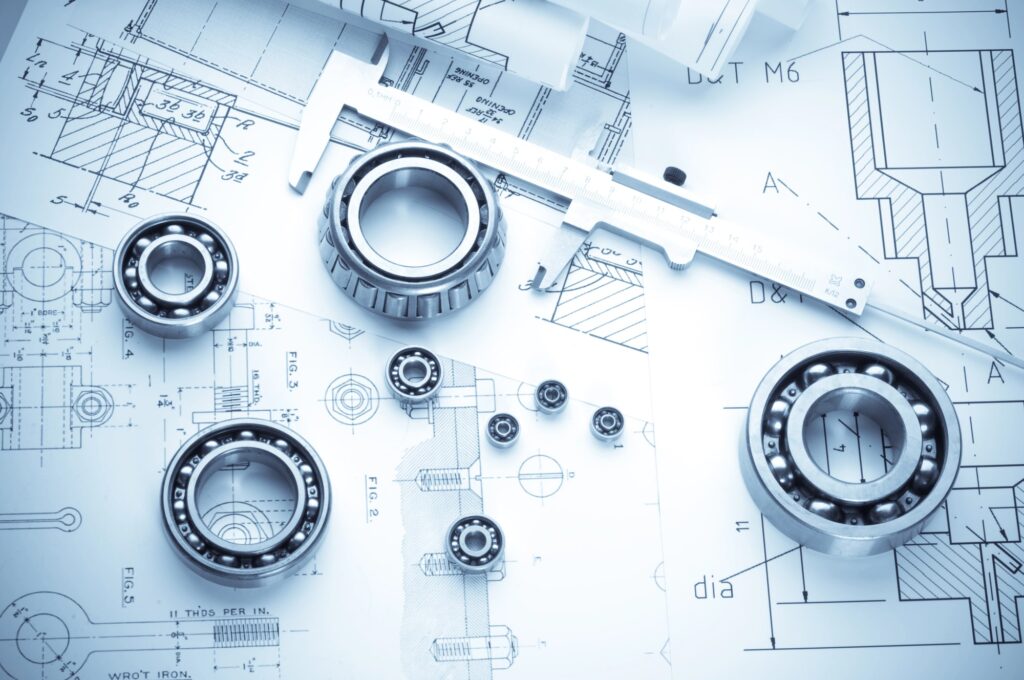This post examines the Washington Commanders’ announcement that HKS will design a new $2.7 billion, 65,000-seat stadium in Washington, D.C. It explores the design, engineering, and urban redevelopment implications of the project.
The post breaks down the design intent and major engineering challenges, including recreating RFK Stadium’s famously bouncy stands. It also covers the construction timeline and how the venue aims to become a year-round destination and catalyst for a 180-acre mixed-use transformation.
Design vision: loud, dynamic and rooted in RFK’s legacy
The Commanders and HKS want the new stadium to be the “loudest, most dynamic” venue in the NFL. They are inspired by the sensory identity of the old RFK Stadium.
HKS aims to capture the “rhythm and roar” of RFK. This blends nostalgia with modern stadium design to improve acoustics, sightlines, and the fan experience.
Translating emotion into architecture
Turning emotional memories into design criteria is a challenge. Acoustics, bowl geometry, materials, and crowd movement must be planned to amplify crowd noise while ensuring safety and comfort.
Key project facts:
Book Your Dream Vacation Today
Flights | Hotels | Vacation Rentals | Rental Cars | Experiences
Engineering realities: recreating the ‘bounce’
One major engineering task is recreating RFK Stadium’s famously bouncy stands. Fans remember the sensation when the stands flexed as crowds jumped together.
Delivering that feeling today requires structural flexibility, updated safety codes, and dynamic performance analysis. Modern stadiums use controlled flexibility in slabs and connections, along with advanced modeling of vibrations.
Structural approaches and safety considerations
Engineers will use finite element analysis, crowd-loading simulations, and modal testing to set safe limits for deflections and accelerations. Design solutions may include compliant beam-to-slab detailing, tuned mass damping systems, and resilient materials.
The structure must meet code limits for vibration and fatigue. It also needs to deliver the sensory experience fans expect.
Experience and precedent: HKS track record
HKS has recent NFL stadium experience, including work on SoFi Stadium. This gives them expertise in handling complex acoustics and integrated fan amenities.
Their approach to multi-use venues will help the Commanders reach their goal of 200 events per year.
Urban impact and timeline
The project includes a large redevelopment with 6,000 new homes and mixed-use communities across 180 acres by 2040. The goal is to create an urban district that functions year-round, not just on game days.
Planning, milestones and civic ambitions
Above‑ground construction is scheduled to begin in spring 2027 after the demolition of RFK. The team hopes the new venue will open in 2030.
D.C. officials are already aiming to host a Super Bowl in the new stadium. There have also been media reports that former President Trump has shown interest in stadium naming, highlighting the project’s high political and commercial profile.
For architects and engineers, this project offers a unique challenge. They must design a stadium that is iconic, loud, and safe.
The stadium should fit into a resilient mixed‑use district. It also needs to support an entertainment calendar that goes beyond football season.
Here is the source article for this story: Commanders pick architect behind SoFi Stadium for new D.C. home
Book Your Dream Vacation Today
Flights | Hotels | Vacation Rentals | Rental Cars | Experiences

